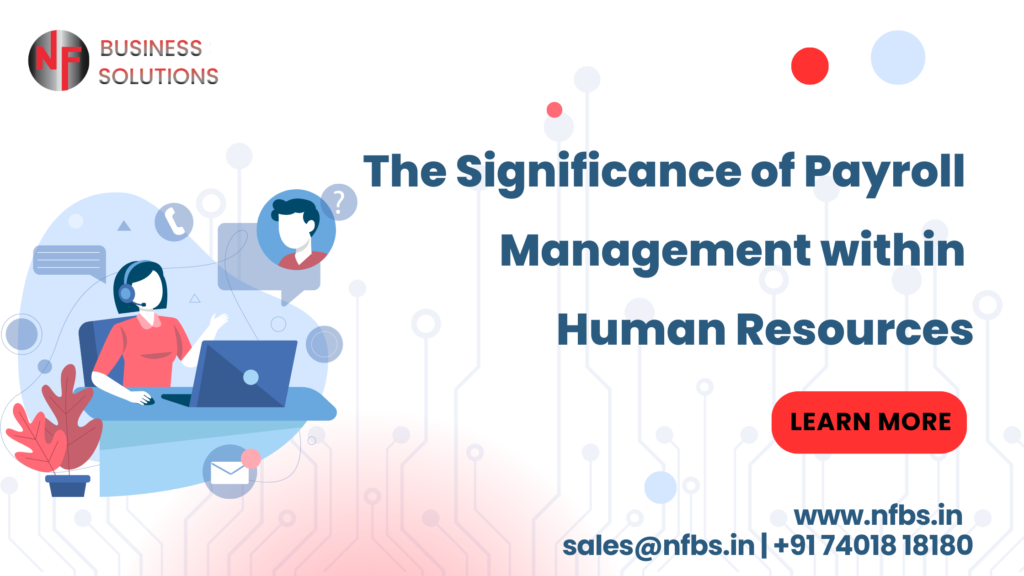Introduction:
- In a comparatively highly competitive job market whether it is important to develop a strong hiring and Talent acquisition in order to attract top candidates.
- This can be achieved by leveraging past recruitment data and metrics therefore enabling HR and hiring teams to identify the most suitable candidates so while establishing an efficient and effective hiring process.
- By implementing such strategies in their recruitment services, companies can gain a competitive advantage and expedite the process of securing the most qualified candidates.
- certainly enhancing overall company strategies can further enhance competitiveness and facilitate the Talent acquisition of the most exceptional candidates.
Does the recruitment strategy play a predominant role in an organization?
- Recruiting strategies play a vital role in an organization’s success by facilitating the recruitment and retention of highly skilled talents, thereby driving the organization’s growth.
- In today’s fiercely competitive job market, characterized by increasing diversity in skill sets, it is widely recognized that attracting and retaining top talent poses a significant challenge.
- By implementing effective Talent acquisition, organizations can position themselves favorably in the market and secure the best talent available.
Recruitment Strategy 1: Emphasize the Company’s Mission and Vision
- Prioritizing the organization’s mission and fundamental principles plays a crucial role in talent acquisition and recruitment choices.
- Clearly communicating the company’s distinctive position in the market is a fundamental element in presenting a unique value proposition.
Recruitment Strategies 2: Enhancing Job Descriptions
- Enhancing job descriptions is an effective approach to ensure coordination between performance goals and the objectives and dutiesof the position.
- It is recommended to begin by crafting creative and informative job descriptions.
- Meanwhile writing a job description but it is essential to provide specific details about the role to enable candidates to accurately assess the position they are applying for within your organization.
- Inadequate information in the job description may lead to uncertain matches.
Consider incorporating the following information into your job descriptions:
1. Comprehensive job duties and responsibility.
2. Salary range and comprehensive benefits package.
3. Work location because specify whether it is an office, remote or hybrid method.
4. Clarification on the mode of work , remote, or hybrid).
5. Required and preferred qualifications for the position.
6. Insights into the company culture and values.
By incorporating these elements into your job descriptions, you can enhance the clarity and attractiveness of the position.
Recruitment strategies 3: Evaluating Compensation and Benefits
- The compensation and benefits offered by an organization play a crucial role in engaging highly skilled candidates.
- To effectively attract top talent, it is important to provide competing wages along with a comprehensive benefits package.
- By reviewing and optimizing the compensation and benefits structure, organizations can position themselves.
Developing the Employer Brand :Recruitment Strategy 4
- Developing a strong employer brand is a pivotal aspect of job.
- An effective approach to building the employer brand involves incorporating the company mission, values, culture, and employee input to create an impactful employer value proposition (EVP).
- The EVP encompasses various elements, including the company compensation and benefits structure, training and development opportunity.
- By leveraging these aspects, the employer brand becomes a powerful tool for showcasing the organization’s strengths and values.
- Investing in the development of a compelling employer brand enables organizations to position themselves as an employer of choice, capable of attracting and retaining highly skilled individuals who align with the company’s vision and values.
- This, in turn, contributes to the long-term success and growth of the organization.
Developing the Employer Brand :Recruitment Strategies 5
- Implementing an employee referral program helps consistently hire qualified candidates who fit the company culture.
- Current employees receive bonuses for successful referrals but basically encouraging retention and further recommendations is good.
- A strong company culture enhances the program’s effectiveness as satisfied employees are more likely to refer suitable candidates.
- This strategy leverages existing employees to attract top talent and foster a positive work environment.
Conclusion:
At NF, we specialize in developing inclusive recruitment strategies that prioritise reaching potential employees. Our dedicated hiring teams are highly skilled and focused on driving your company growth. With our experts we ensure that your recruitment efforts are effective, efficient, and aligned with your goals.



